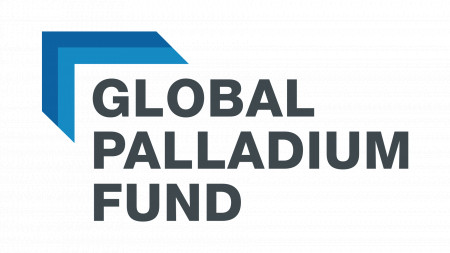A Tale of Two Nickels: Global Palladium Fund Highlights Risk of High-Grade Nickel Deficit in 2022

ZUG, Switzerland, December 20, 2021 (Newswire.com) - Global Palladium Fund, the specialist provider of physical metal Exchange Traded Commodities (ETCs), has said it anticipates a global Nickel surplus of 59KT in 2022, though notes this will be concentrated in low-grade nickel pig iron (NPI) and depend heavily on an expected increase in supply from Indonesia materialising.
The impact of COVID-19 halted the launch of significantly expanded NPI production capacity in Indonesia this year, resulting in a nickel market deficit likely to be around -150KT for 2021. If this increased capacity can be brought online, it would represent supply growth of 20% year-on-year.
A surplus would be a particularly welcome outcome for stainless steel manufacturers, which rely on nickel for production, as well as makers of electric vehicle batteries, though this requires higher-grade nickel for which the supply outlook is less certain.
"All eyes are once again on Indonesia, and whether it can ramp up capacity to meet the strong demand for nickel likely to continue next year, though many in the market remain concerned about the risk of being overly reliant on one country," explains Alex Stoyanov, Global Palladium Fund CEO.
"Next year will really be a tale of two nickels, as for high-grade nickel, the situation is looking more finely balanced, with less prospect for near-term supply increases, and the likelihood of deficit growing as demand for electric vehicle batteries in particular increases. Looking further ahead, the most pronounced imbalance will be for low-carbon nickel, as appetite is likely to increase dramatically while supply will necessarily remain constrained," adds Timothy Harvey, Head of Business Development for Global Palladium Fund.
The availability of low-carbon nickel, produced using renewable energy and sometimes combined with carbon offsetting, is a relatively new development, but demand from investors and industrial consumers is growing rapidly. Longer term, a greater scrutiny on the carbon footprint of metals from different sources will also have implications for Indonesia's production, where emissions tend to be higher.
The current industry average sees 13 tonnes of CO2 emitted for every tonne of nickel produced, though this can go as high as 160 tonnes of CO2 for some production. The nickel used in GPF's physical nickel ETCs is produced by Nornickel, which has an average footprint of 8 tonnes CO2 per tonne of nickel.
Global Palladium Fund
The Global Palladium Fund was created to make the world's precious, base and rare-earth metals accessible to everyone and to advance the development of world-changing technologies in essential areas such as aerospace, electronics, and the automotive. GPF is proud to be supported by Nornickel, the world's largest and cleanest miner, headed by Vladimir Potanin.
Its ESG-compliant products are in high demand across the globe and are critical for net-zero transformation. GPF ETCs are listed on LSE, Xetra, Borsa Italiana, SIX and Vienna stock exchanges.
Please visit: www.gpf.global
Contact: Maria Dzenisa pr@gpf.global
Source: Global Palladium Fund